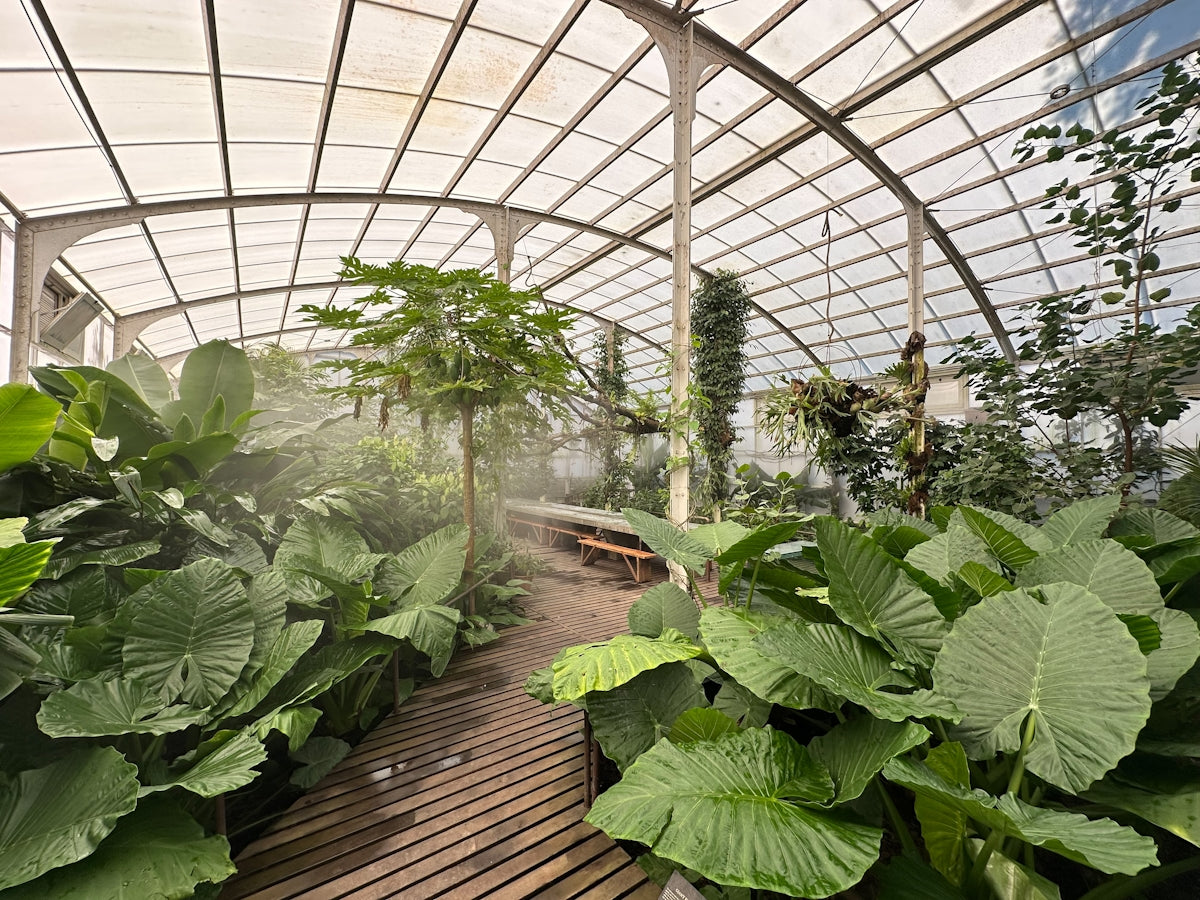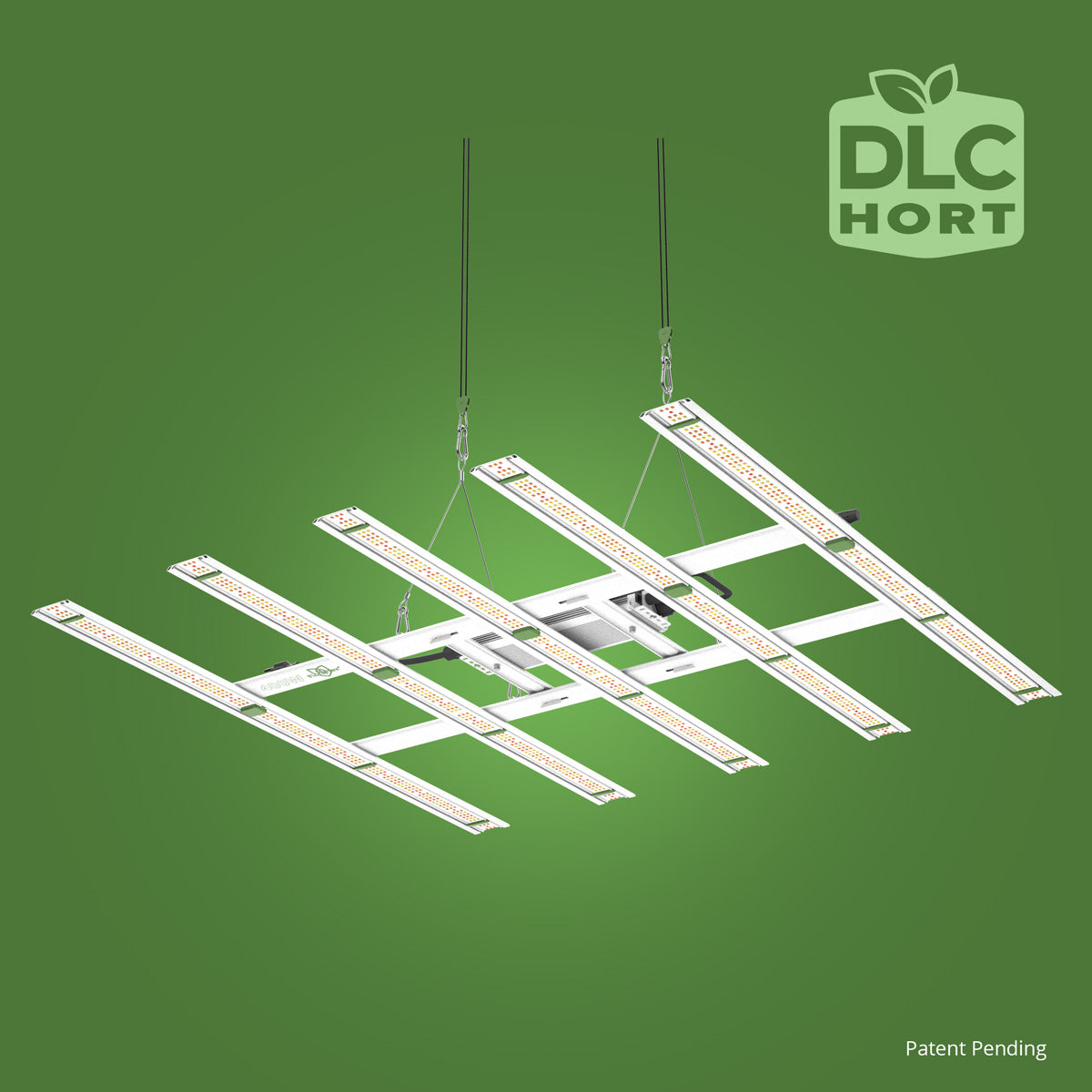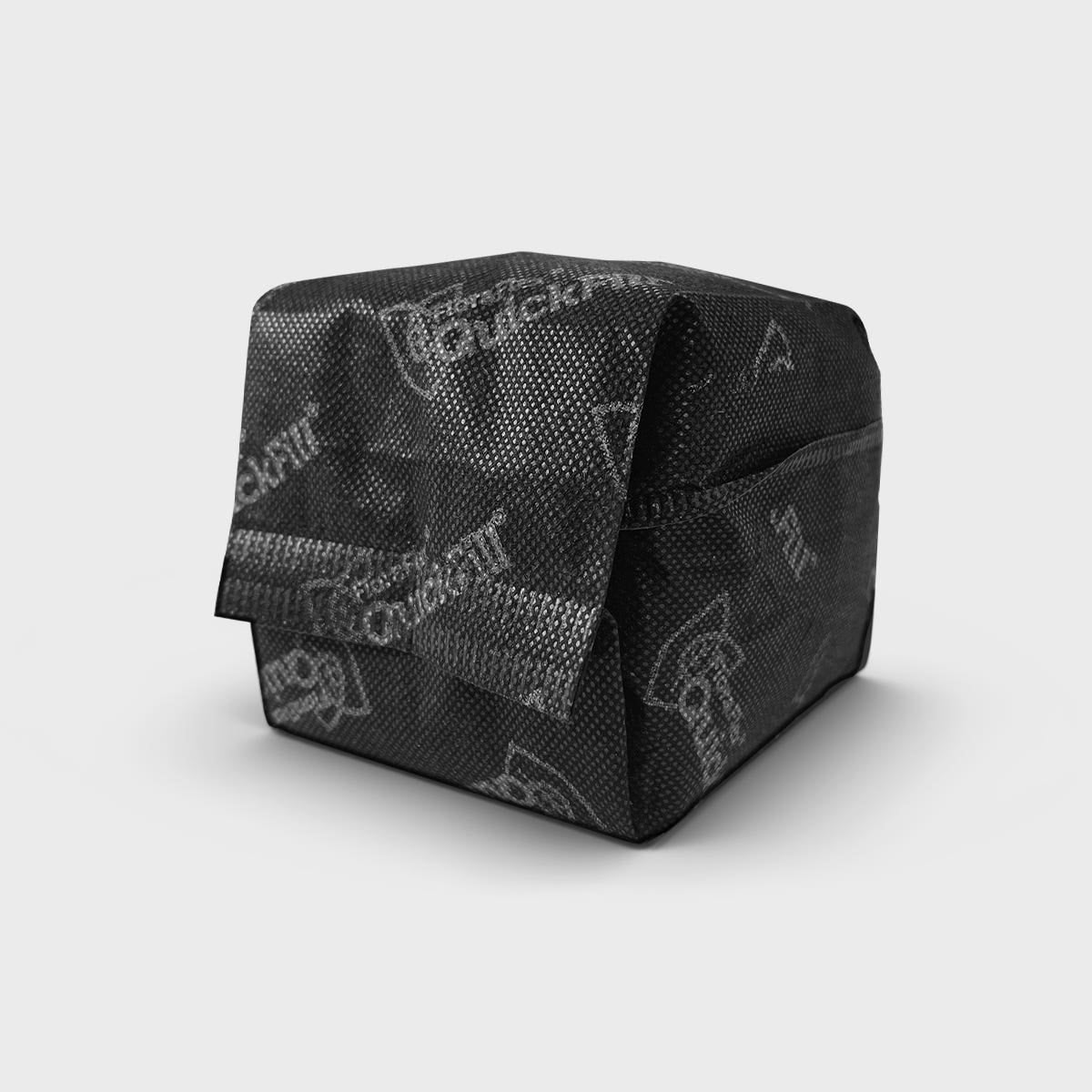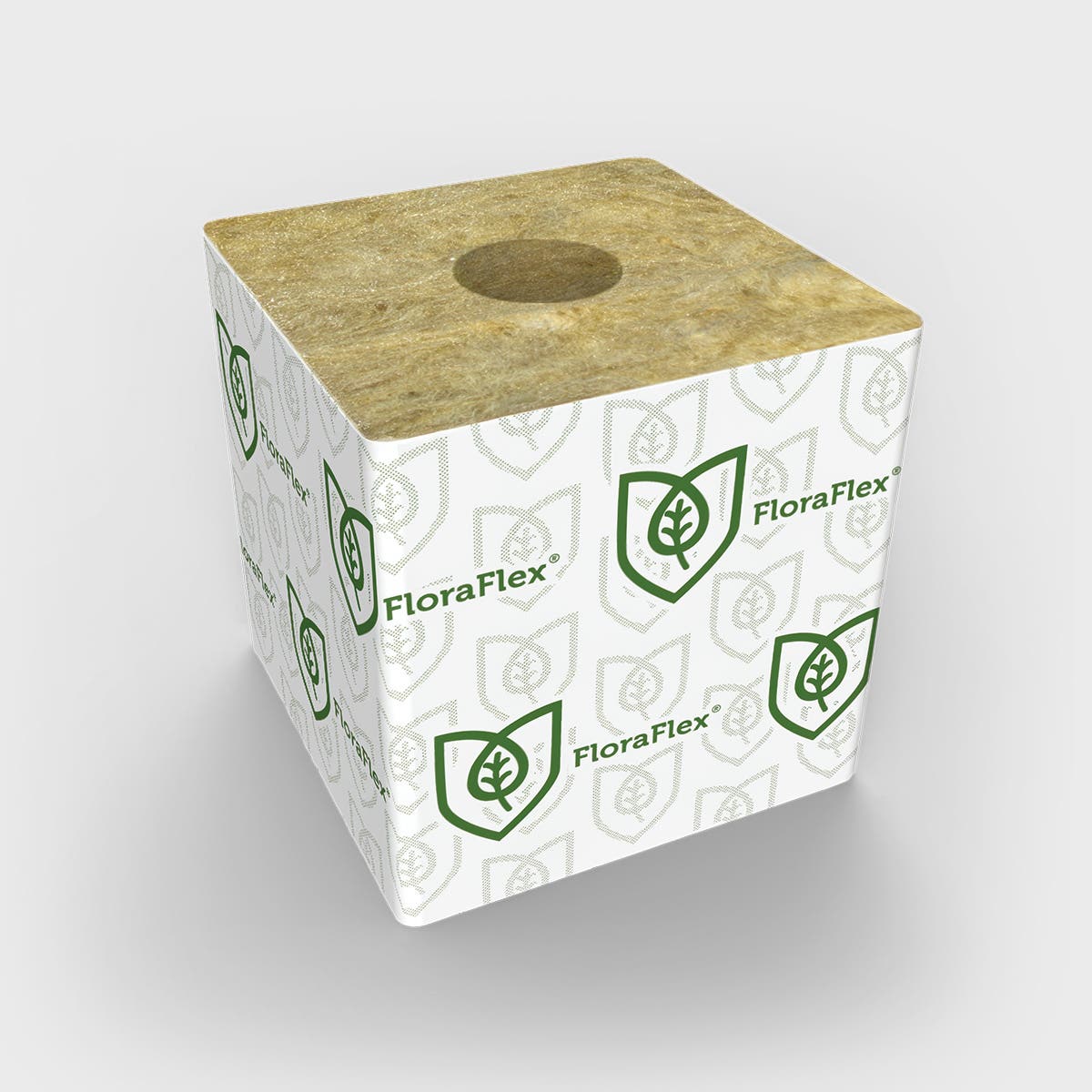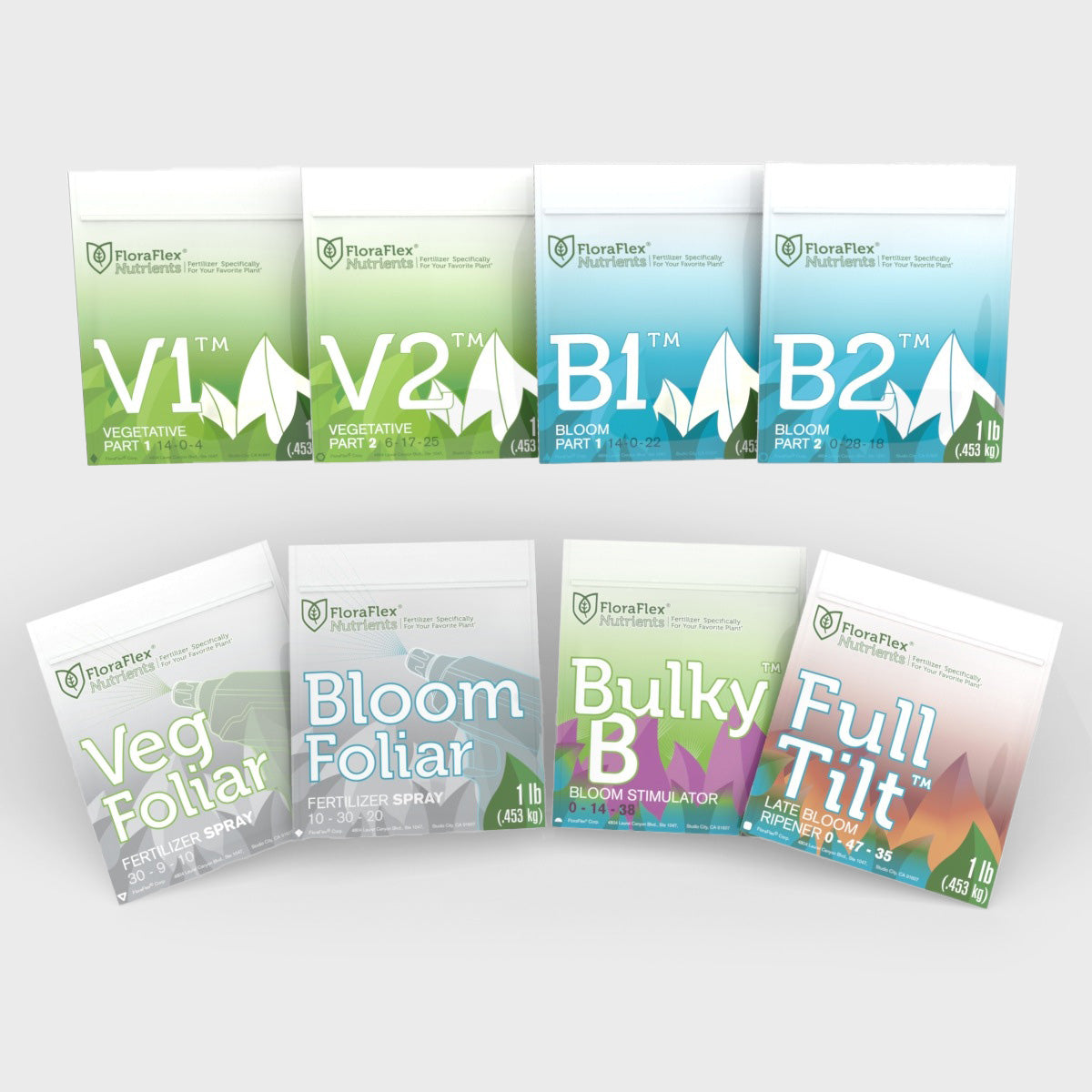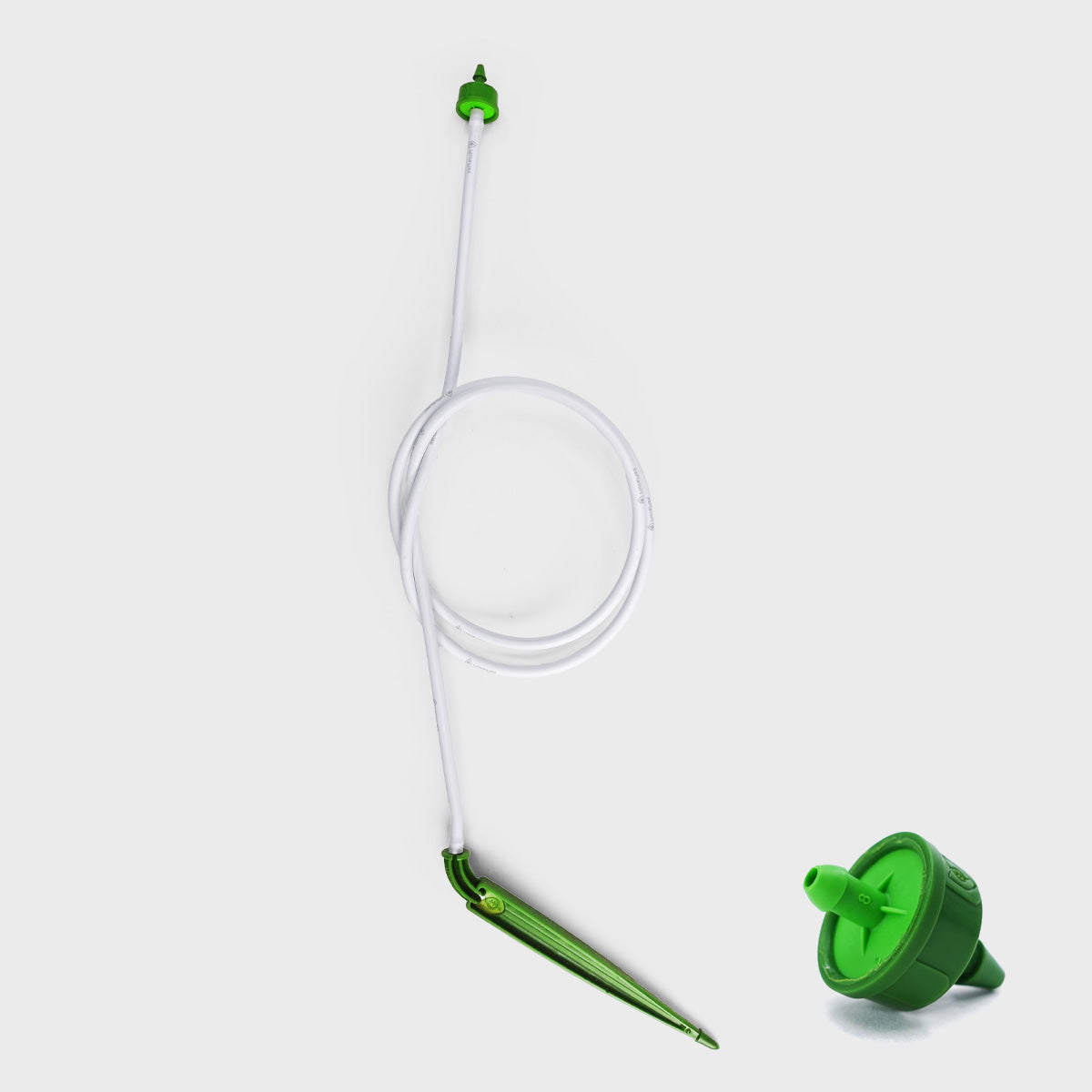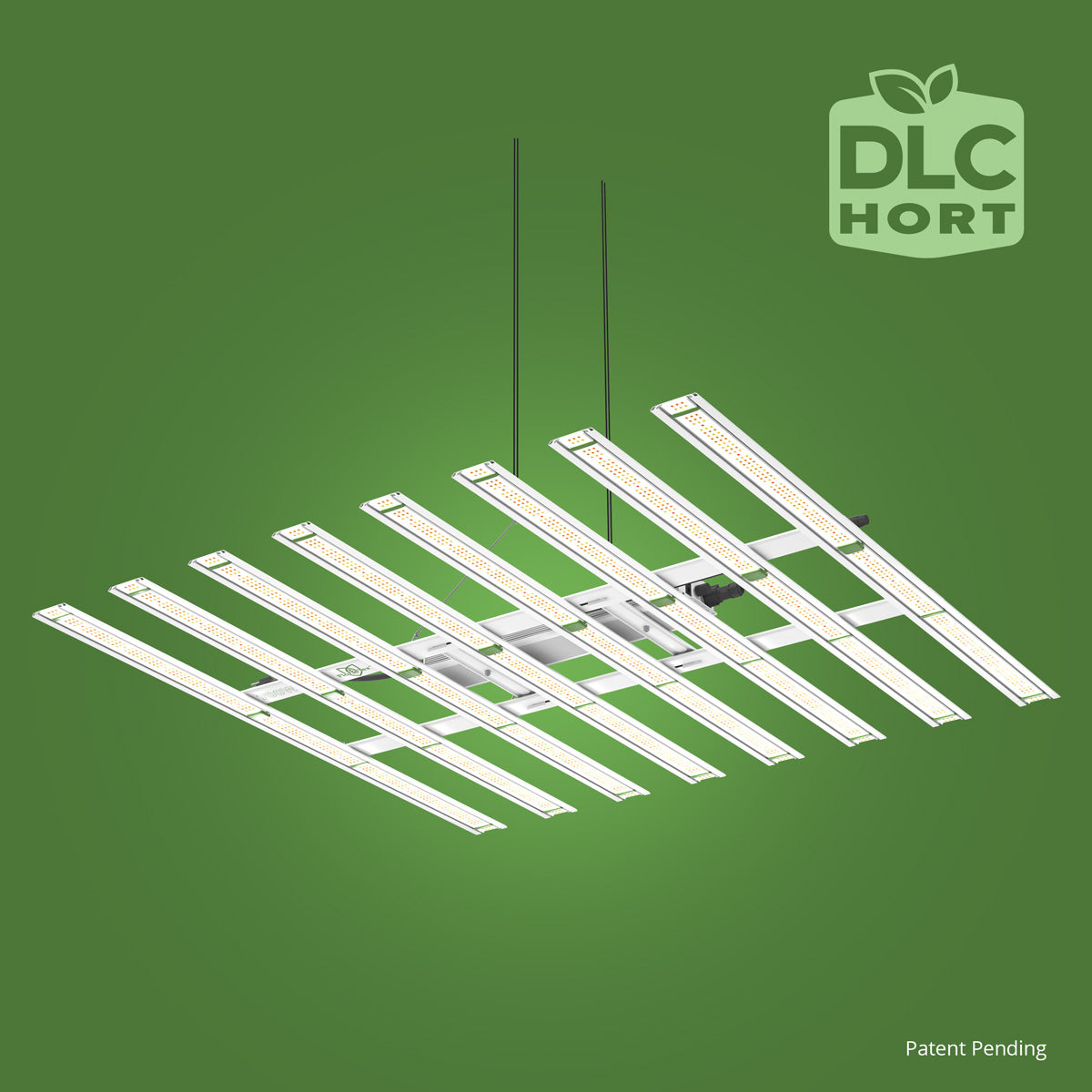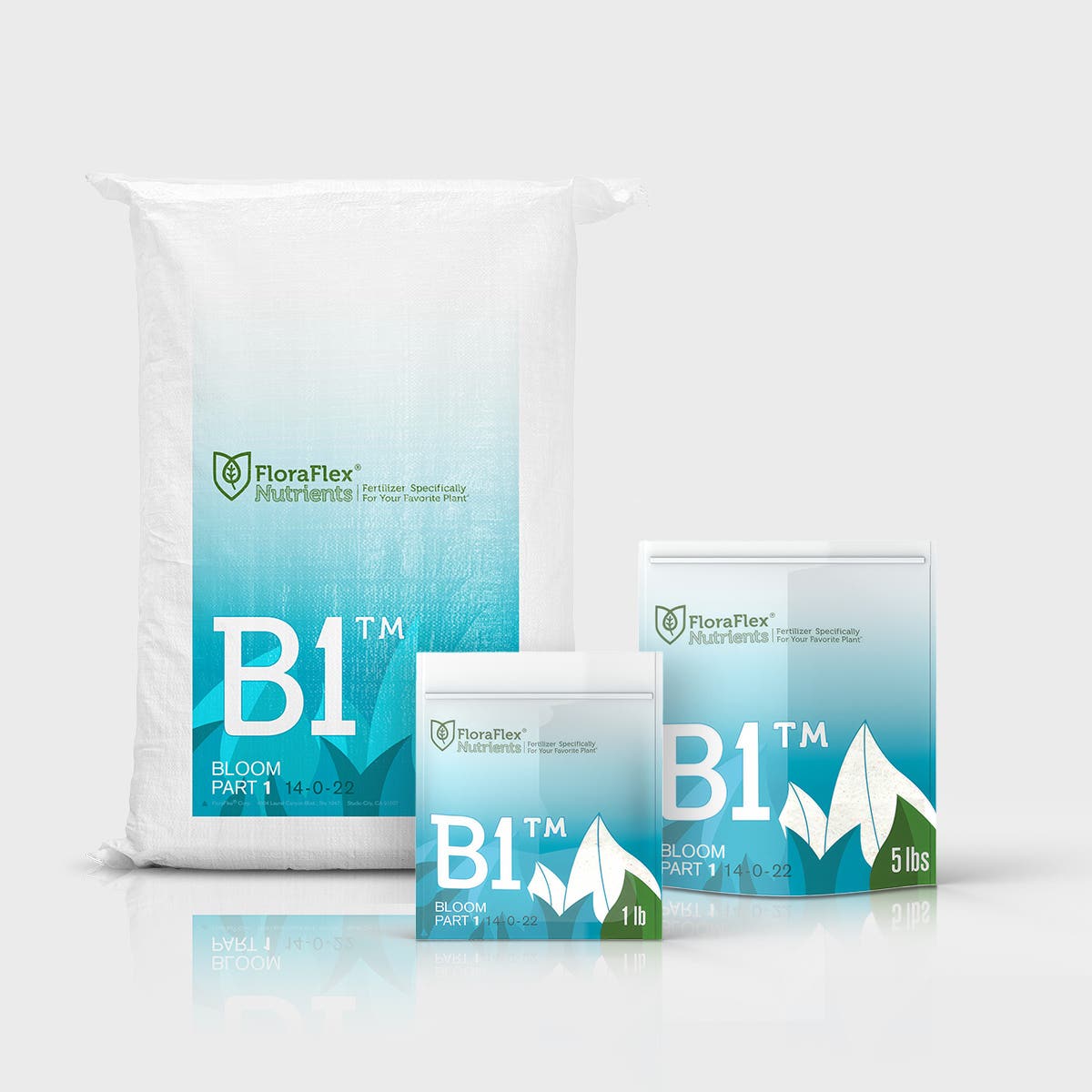In the world of indoor gardening, choosing the right grow lights can make or break your crops. As technology advances, growers are presented with a myriad of lighting options, the most prominent being LED grow lights and traditional grow lights such as High-Intensity Discharge (HID) or fluorescent systems. In this article, we will explore the key differences between LED and traditional grow lights to help you decide which is best for your indoor garden.
Energy Efficiency
One of the major advantages of LED grow lights is their energy efficiency. LEDs convert a higher percentage of electricity into usable light, reducing the amount of electricity wasted in the form of heat. This not only lowers your electrical bills but also minimizes the need for additional cooling in your growing area. On the other hand, traditional grow lights such as HID systems tend to generate a lot of heat, which can raise your growing environment's temperature significantly.
For instance, FloraFlex offers a Patent Pending 400W Full Spectrum LED Grow Light with Custom Diodes and Patent Pending 900W Full Spectrum LED Grow Light with Custom Diodes, both designed to cater to energy-conscious growers who want optimal efficiency.
Lifespan
Another benefit of LED lights is their long lifespan. Traditional grow lights generally have a shorter life expectancy and require regular replacements. In contrast, LED lights can last up to 50,000 hours or more, ensuring many cycles of excellent growth without the hassle of changing bulbs frequently.
Light Spectrum
LED grow lights provide a full spectrum of light, which is essential for the different stages of plant growth. This includes blue light necessary for vegetative growth and red light for flowering. Traditional grow lights, though capable of providing sufficient light, often require additional bulbs or fixtures to cover the entire spectrum, making LEDs more versatile and uncomplicated.
Cost Consideration
While LED grow lights can have a higher initial cost compared to traditional systems, the savings on electricity and maintenance, and their longer lifespan, often outweigh the upfront expense over time. The savings in energy and reduced replacement frequency can quickly accumulate, making LEDs a cost-effective long-term investment for serious growers.
Environmental Impact
LEDs are more environmentally friendly compared to traditional grow lights. They consume less energy and do not contain hazardous materials like mercury, which is present in fluorescent lights, thus contributing to a lower carbon footprint.
Control and Customization
Modern LED grow lights often come with advanced control systems. For instance, the FloraFlex Master Lighting Controller 2 allows precise adjustments to the lighting schedule and intensity, providing growers with full control over their grow room's lighting environment.
Conclusion
Both LED and traditional grow lights have their pros and cons, and the best choice will depend on your specific growing needs and circumstances. For energy efficiency, longer lifespan, and environmental impact, LEDs are an excellent choice. However, if you're just starting and are budget-conscious, traditional options may be more accessible. Regardless of your choice, make sure to evaluate based on energy consumption, cost, light spectrum, and control features. For more information and to explore FloraFlex's range of products, visit FloraFlex.

